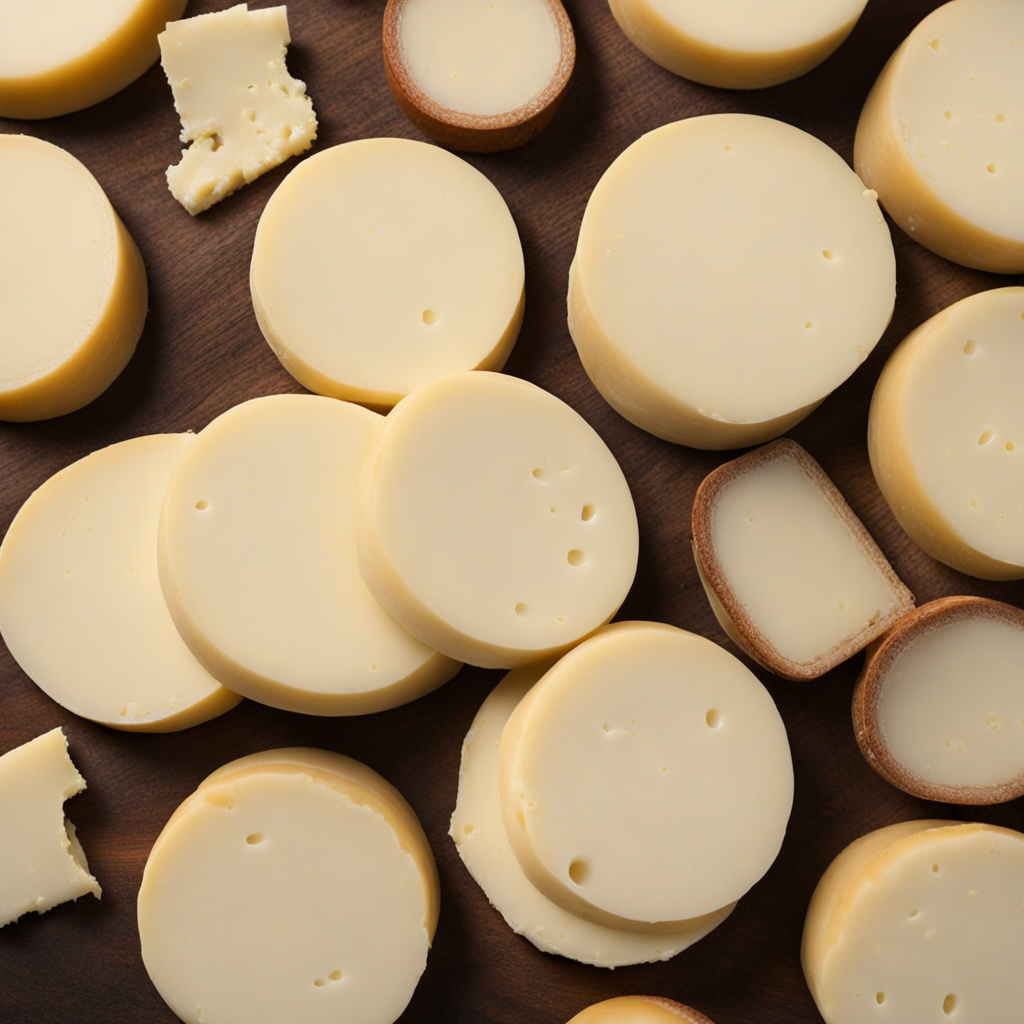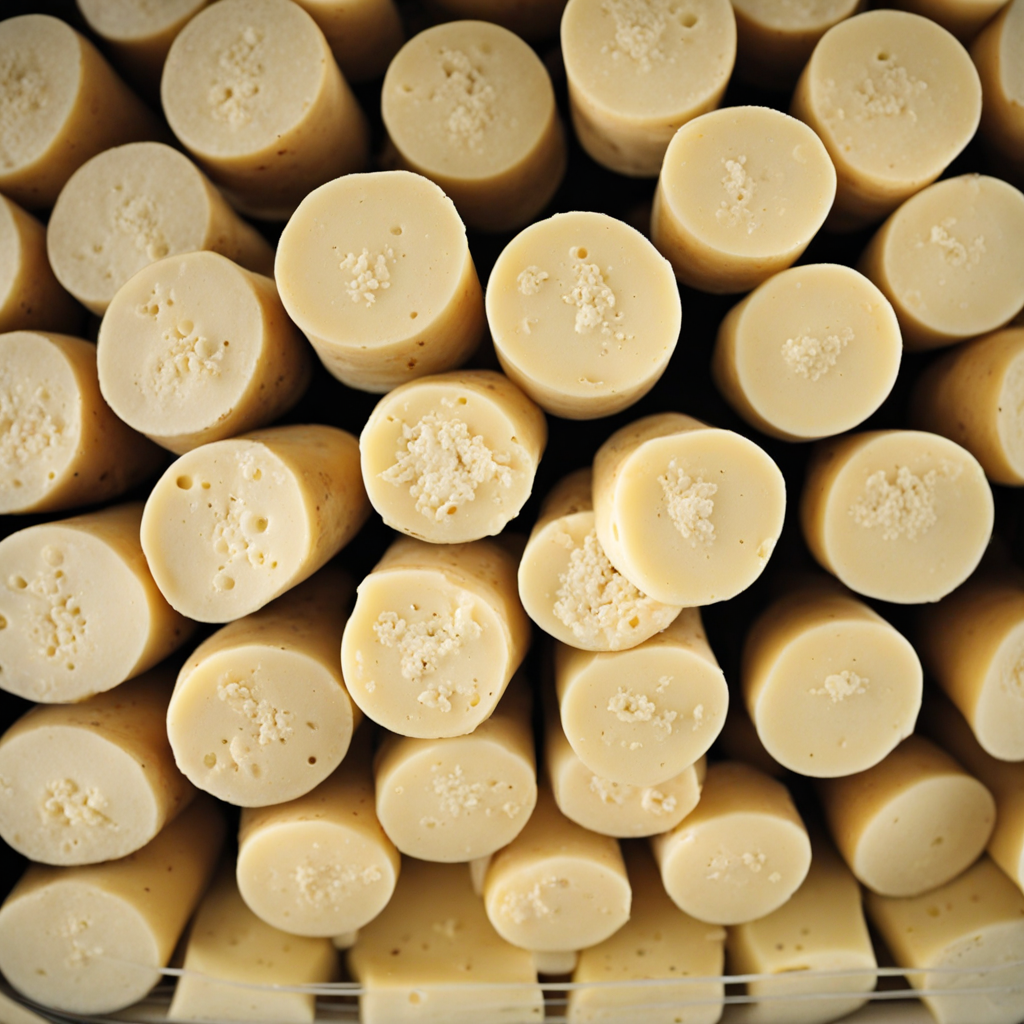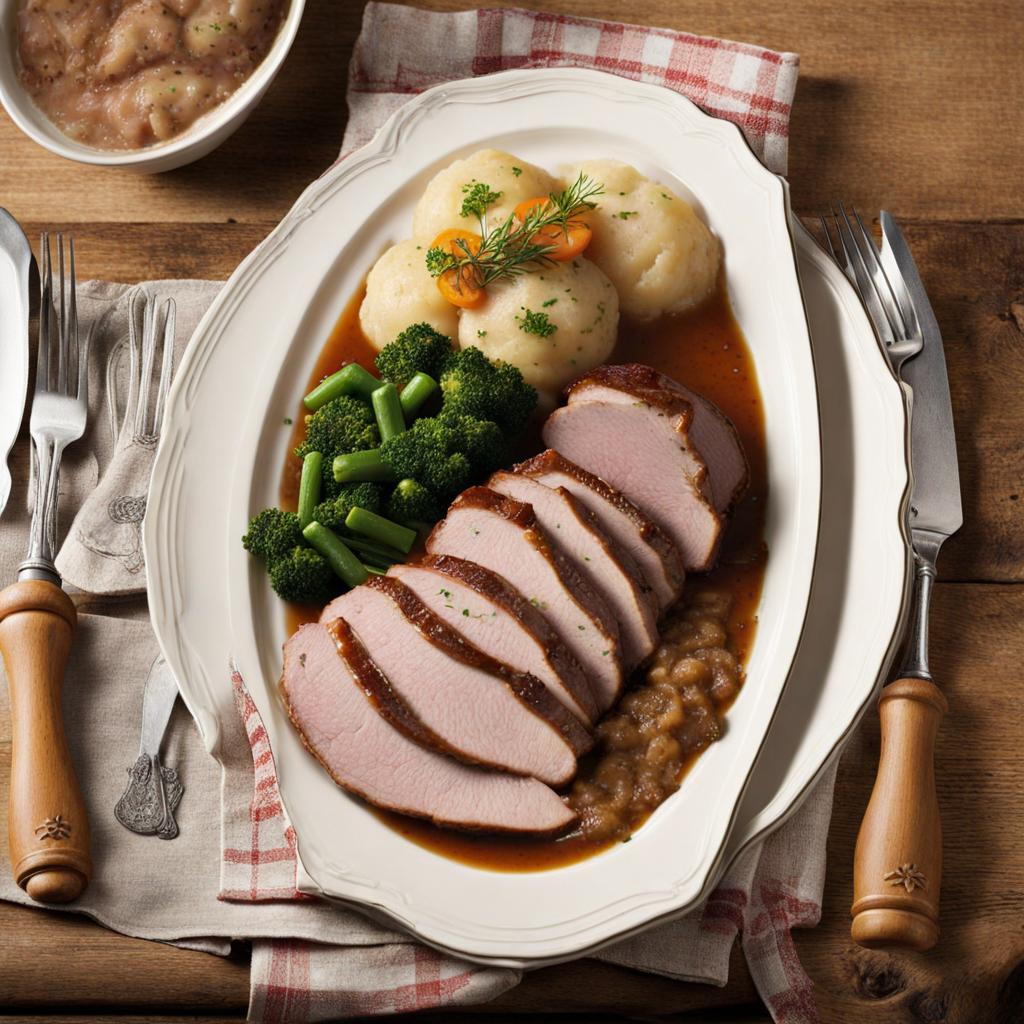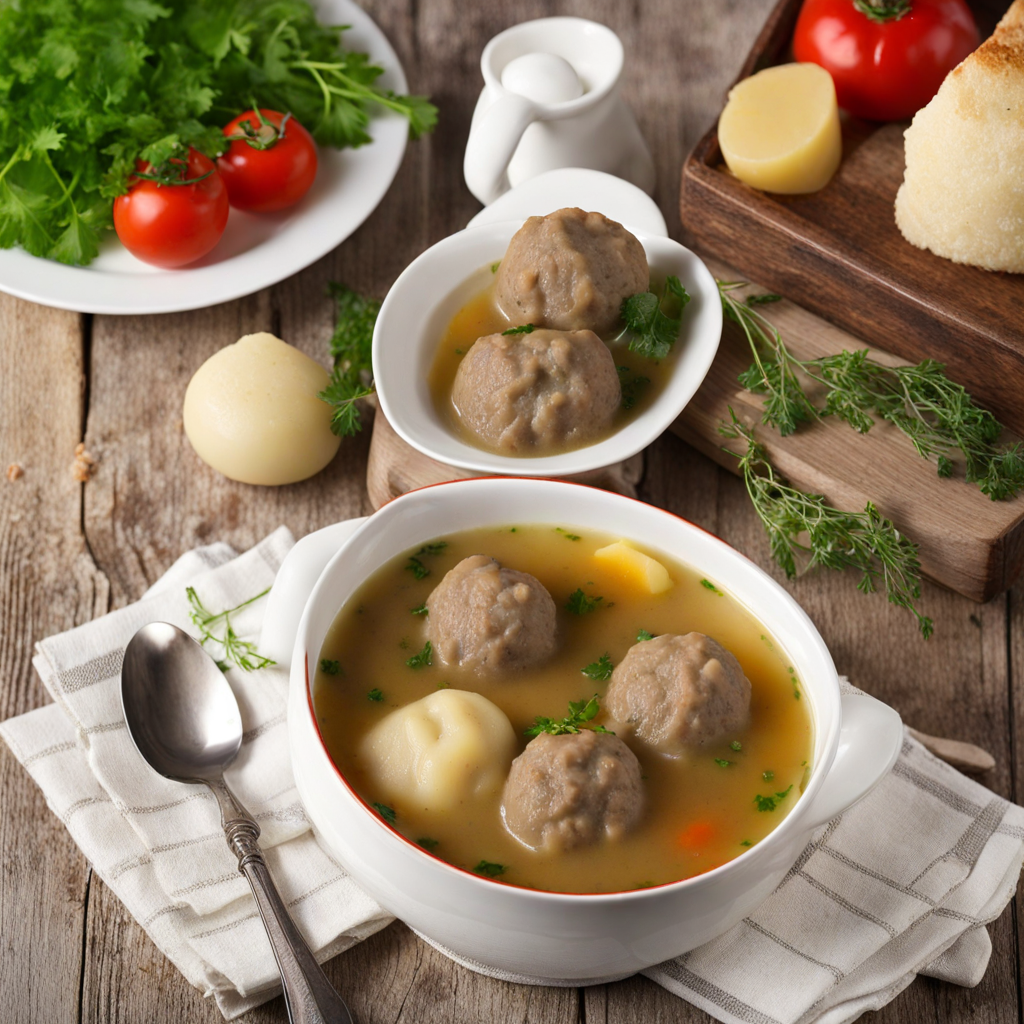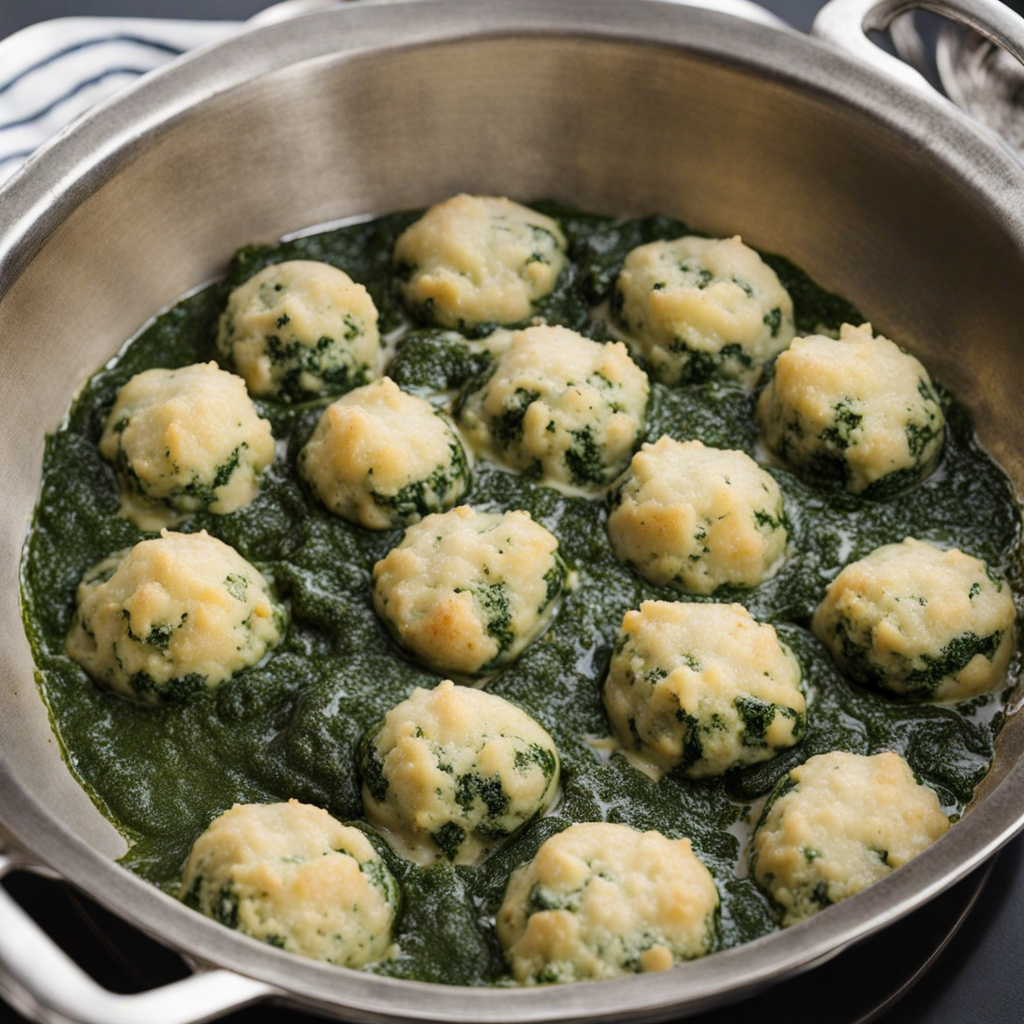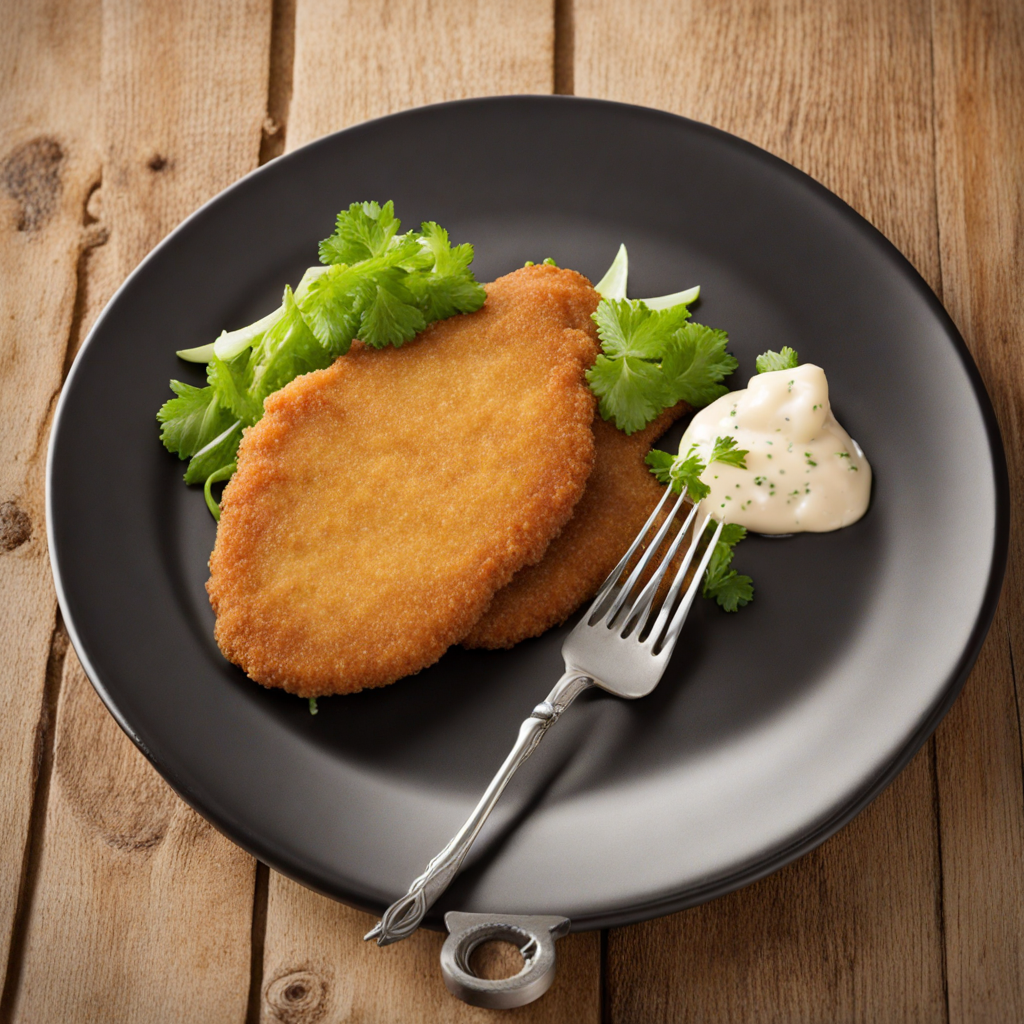Steirerkas
Steirerkas, a delightful specialty from the Styria region of Austria, is a fresh cheese that embodies the rustic charm and culinary heritage of this picturesque area. Made primarily from cow's milk, this cheese is characterized by its creamy texture and slightly crumbly consistency. Its flavor profile is a harmonious blend of tanginess and nuttiness, often bolstered by the addition of herbs and spices. The inclusion of pumpkin seed oil is a signature touch, lending a vibrant green hue and a nutty, earthy undertone that elevates the cheese to new heights. Traditionally, Steirerkas is served as a spread, making it perfect for slathering on crusty bread or accompanying charcuterie boards. It is often enjoyed with fresh vegetables, pickles, or served alongside a glass of Austrian white wine, which complements its unique flavor. The cheese can also be used creatively in various dishes, adding a rich, savory element to salads, pastas, or even as a filling in pastries. The experience of tasting Steirerkas is not just about the flavors; it’s an invitation to explore the culture of Styria. With each bite, you’re transported to the lush green pastures of the Austrian countryside, where cows graze freely and artisanal cheese-making traditions are cherished. Whether you’re a cheese aficionado or simply looking to expand your culinary horizons, Steirerkas promises a delightful journey through its rich flavors and cultural significance.
How It Became This Dish
Steirerkas: A Culinary Gem from Austria's Styrian Region #### Origin and Early History Steirerkas, a traditional cheese originating from the Styria region of Austria, is emblematic of the rich agricultural heritage and culinary traditions of this picturesque part of the country. The name "Steirerkas" translates directly to "Styrian cheese," and it has its roots in a long-standing practice of dairy farming that dates back centuries. The Styrian landscape, characterized by rolling hills, lush pastures, and a favorable climate, is ideal for grazing cattle, which in turn provides high-quality milk for cheese production. Historically, cheese-making in Austria can be traced back to the early medieval period, when monasteries played a pivotal role in both agriculture and food production. Monks were among the first to refine cheese-making techniques, experimenting with different types of milk and aging processes. In Styria, the combination of local ingredients—including herbs, spices, and the unique grasses of the region—contributed to the development of distinct cheese varieties, among which Steirerkas emerged. #### Cultural Significance Steirerkas is not just a food item; it embodies the cultural identity of Styria. The cheese is often associated with the region's agrarian lifestyle and the communal practices surrounding food. Traditionally, Steirerkas is made from raw cow's milk, although variations with sheep's and goat's milk exist. The cheese is typically soft to semi-soft in texture and has a distinct tangy flavor, often enhanced by the addition of spices such as caraway seeds and garlic. In Styrian culture, food is intrinsically linked to social gatherings, celebrations, and local customs. Steirerkas is frequently featured in traditional Styrian dishes, such as "Brettljause," a rustic platter of cured meats, pickles, and cheeses, served on wooden boards. This communal dining experience highlights the importance of sharing food and fostering connections among family and friends. Furthermore, the cheese is often enjoyed with a glass of local wine, particularly the famous Styrian white wines, which complement its robust flavors. #### Development Over Time As Styria underwent various socio-economic transformations, so too did the production of Steirerkas. The 19th century saw the advent of industrialization, which introduced new methods and technologies in agriculture and dairy farming. While many traditional cheese-making practices were maintained, the rise of commercial cheese production led to more standardized processes. This transition provided opportunities for wider distribution but also sparked concerns about preserving the artisanal qualities of traditional cheeses like Steirerkas. In the mid-20th century, as globalization began to influence culinary trends, the demand for unique and authentic local products surged. This revival of interest in traditional foods prompted a renewed focus on artisanal cheese-making. Farmers and cheesemakers in Styria began to emphasize their heritage and the unique characteristics of their products, leading to a renaissance for Steirerkas. This resurgence was supported by the establishment of local cheese festivals, where producers could showcase their craft and educate the public about the importance of preserving regional food traditions. The late 20th century also saw the push for quality assurance and authenticity in food production. In 2004, Steirerkas was awarded the status of "Protected Geographical Indication" (PGI) by the European Union, which recognizes the unique qualities of the cheese that are intrinsically linked to its geographical origin. This designation not only helps preserve the traditional methods of production but also encourages consumers to appreciate the uniqueness of regional foods. #### Modern-Day Steirerkas Today, Steirerkas continues to thrive as a cherished culinary product in Austria and beyond. The cheese is often crafted by small-scale artisanal producers who prioritize traditional techniques and high-quality ingredients. These cheesemakers take great pride in their craft, often using milk from cows that graze on the diverse pastures of Styria, which contributes to the cheese's distinctive flavor profile. Modern variations of Steirerkas have emerged, with some producers experimenting with different aging processes or incorporating additional herbs and spices. However, the essence of the cheese remains rooted in its traditional preparation methods. The cheese is typically aged for a few weeks, allowing its flavors to mature while retaining its creamy texture. Its versatility makes it suitable for various culinary applications, from being served on cheese boards to being used in cooking, where it can enhance the richness of sauces or gratins. In recent years, Steirerkas has gained recognition beyond Austria, appealing to international cheese enthusiasts. Food fairs, culinary festivals, and gourmet shops across Europe and North America have started featuring this artisanal cheese, showcasing its unique qualities and deep connection to Styrian culture. This growing popularity is a testament to the enduring legacy of Steirerkas as a symbol of regional identity, craftsmanship, and the importance of sustainable food practices. #### Conclusion The history of Steirerkas is a narrative woven into the fabric of Styrian culture, reflecting centuries of agricultural practices, communal values, and culinary innovation. From its humble beginnings as a farmhouse cheese to its status as a celebrated regional delicacy, Steirerkas exemplifies the importance of preserving traditional foodways in an ever-changing world. As we continue to explore the stories behind our food, Steirerkas stands out as a delicious reminder of the rich history and cultural significance that each bite carries. Whether enjoyed on a rustic platter or incorporated into modern dishes, Steirerkas remains a beloved culinary treasure from the heart of Austria.
You may like
Discover local flavors from Austria


